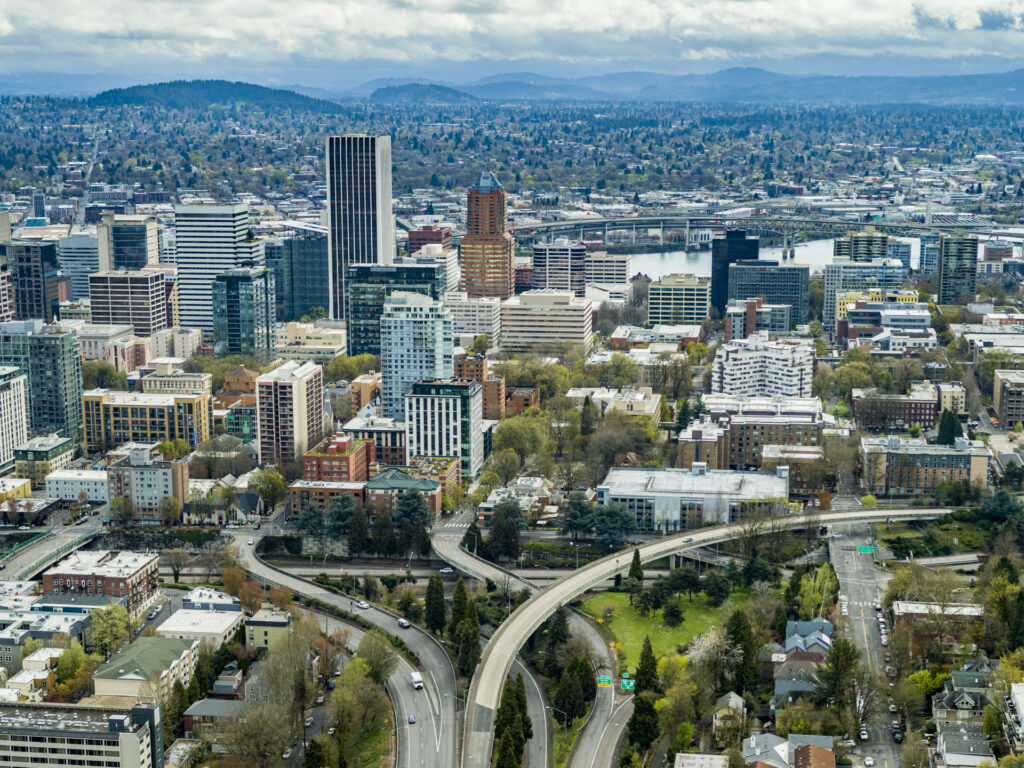This is JUST NOW released so details to follow ASAP!
*Fixed error in duplicate links... sorry*
Remote Identification. A good start from DSPA
New Rules for Ops Over People (& RID) from DSPA
New Rules for Ops Over People (& RID) – Drone Service Providers Alliance
Nights Ops and Recurrent Training from DSPA
*Fixed error in duplicate links... sorry*
Last edited:



